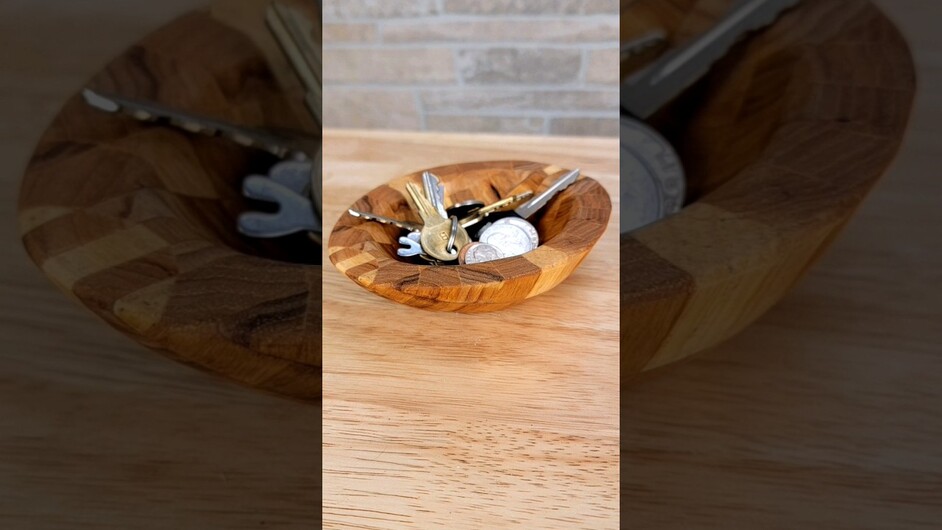Your problem is going to be the kerf profile… getting a close fit on a curved surface will be difficult.
That being said, someone once measured the kerf angle and posted it here. it is theoretically possibel that you could leverage that with thicker materials (1/4"), then make essentially a segmented spheroid:
Something like a floret sphere might work: Floret geodesic sphere
Where you glue all the faces together, relying on your kerf angle to give the necessary curvature.
Once done, you could use a variety of techniques to make it truly spherical, I’d guess.
You see this concept leveraged in segmented bowls for lathe work; often in 2d and layered, but occasionally with 3d tricks like this guy:
